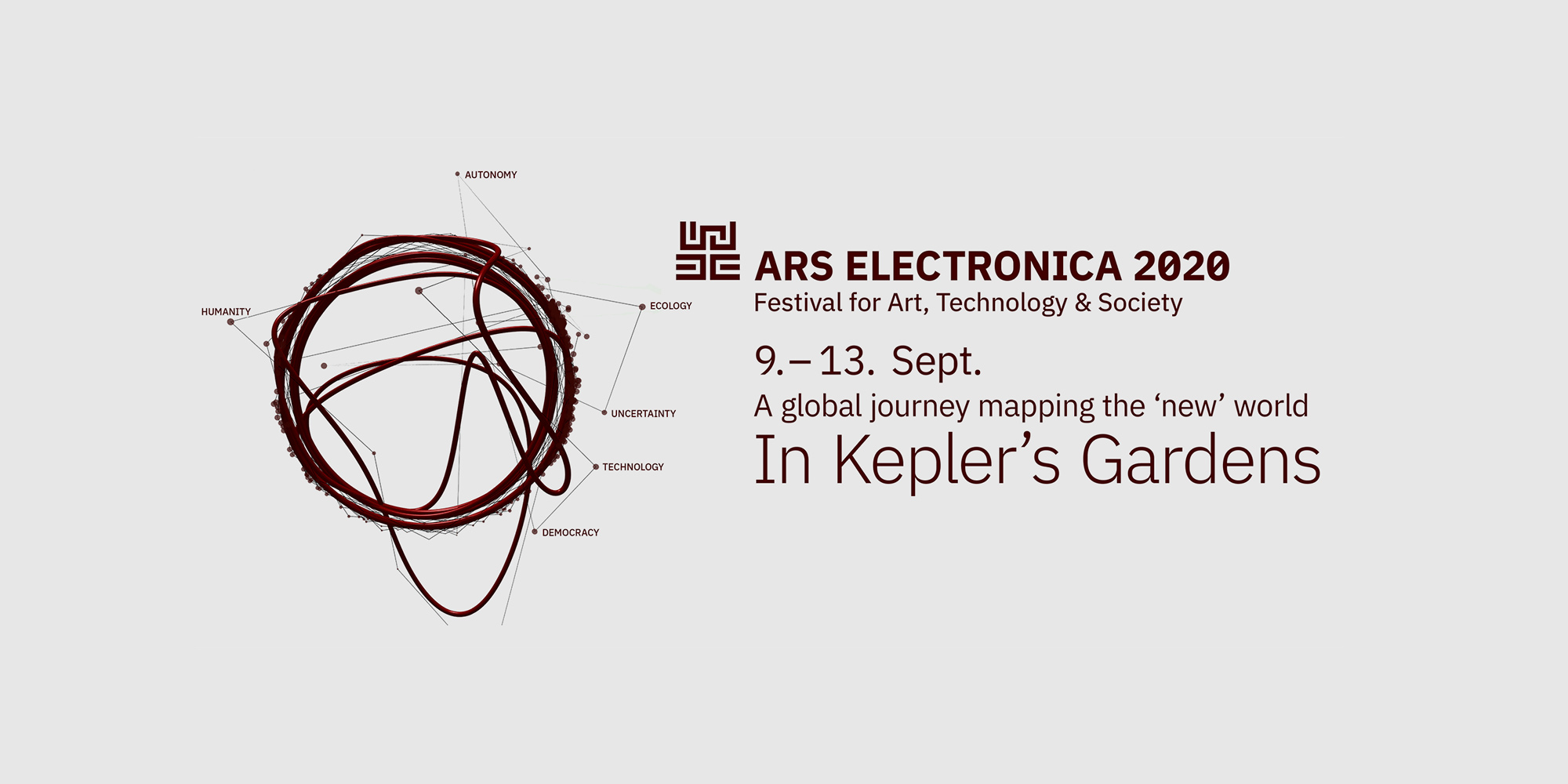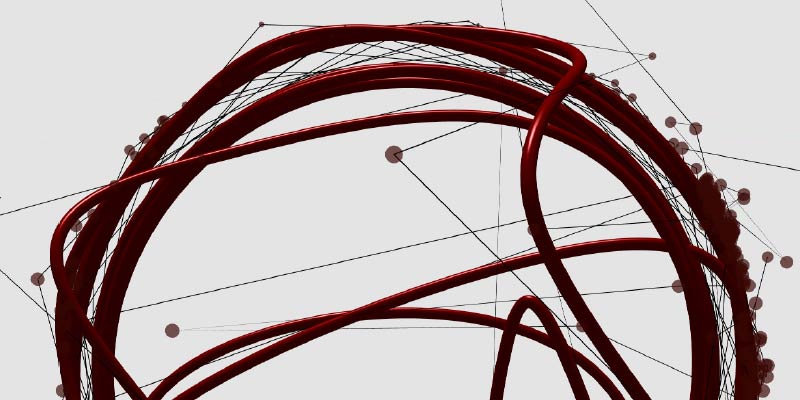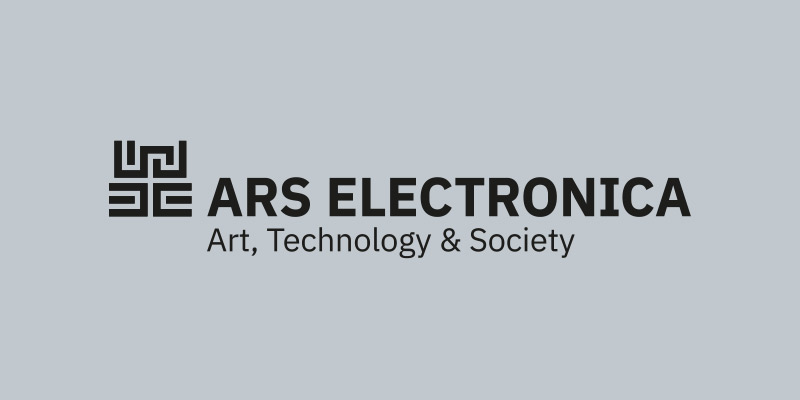Content

Bias, for bass clarinet and Interactive Music System
Artemi-Maria Gioti (GR), Szilárd Benes (HU)
A neural network trained to simulate my own aesthetic judgments is responsible for the computer’s decisions during its interaction with the musician: i.e., whether it will “mirror” the sounds played by them, propose new sound material or simply remain silent.
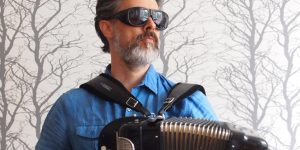
Machine folk music school
Bob L. T. Sturm (US)
“Machine folk music school” is led by Bob L. T. Sturm (US) via video conference. He teaches an AI-generated folk tune in the aural tradition. All musical instruments are welcome. (Come with your instrument!)
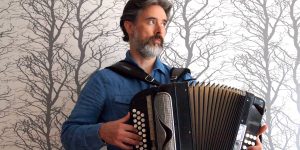
Folk the Algorithms
Bob L. T. Sturm (US)
Sturm builds, learns from and collaborates with AI systems trained on transcriptions of traditional music. These systems effectively generate an unlimited supply of new tunes imitating traditional ones. Sometimes these tunes are perfect as they are, and sometimes they are imperfect in interesting ways, but they all lack the credentials of “real” traditional tunes.
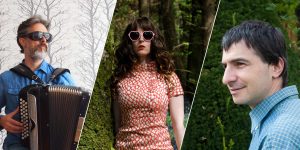
Music as Experience in an age of Artificial Intelligence and Computational Creativity
Kingston University and Durham University (UK), New York University (US), Hochschule für Musik und Darstellende Kunst, Stuttgart (DE), University of Music and Performing Arts of Vienna (AT), KTH Stockholm (SE)
This discussion will focus on aspects of working with AI as artists, and also wider aspects about implications of the technology.
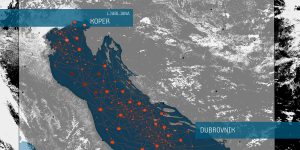
Journey: Adriatic Garden | aqua_forensic 2.0
Adriatic Garden | aqua_forensic 2.0 connects two places by the Adriatic Sea: Dubrovnik (HR) and Koper (SI) and gives special attention to our commitment to the values of care, compassion, environmental justice, action-taking and cooperation with the Adriatic Sea and its creatures. The project framework is the aqua_forensic, an ongoing art and science research method developed by Robertina Šebjanič (SI) and Gjino Šutić (HR), which sheds light on the presence of invisible anthropogenic chemical pollutants in the water environment.
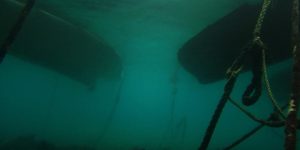
The SonoAdriatic tales
The Adriatic Garden will host a wide array of activities: exhibitions, installations, panel discussions, workshops, and much more, while enabling audiences to immerse themselves in the underwater world of the sea. Art, science and citizen science coalesce within the framework of Adriatic Garden | aqua_forensic 2.0, opening up a wider discussion about our solidarity and empathy with waters beyond human perception. Within the project, we would like to give special attention to the values of care, compassion, environmental justice, action-taking and cooperation with the Adriatic sea and its creatures.

The Aqua_forensic Workshops at the Adriatic Garden
With it, we wish to help illuminate the human impact on our waters at the micro / macro level and provide a guideline to the fascinating world of aquatic flora, fauna and minerals and its plight. The aqua_forensic project is known for its special devotion and affinity to participatory engagement through workshops. We all have the capacity to pause, listen, observe and recognize the diversity and quality of the present environment. The aqua_forensic aims to encourage global and local audiences to familiarize themselves with the topics of water pollution and climate change, as well as actively engage in community work on these issues through citizen science oriented workshops. Scientific environments provide the sophisticated tools needed to undertake analysis and build predictive ecological models.
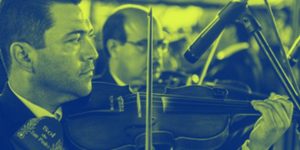
Gala Mariachi Dron
Ars Electronica Garden Tequila, Oficina de visitantes y convenciones, Cámara Nacional de Comercio, SwarmPixel Thiret/Creative and Producer Director
This piece is a tribute from Mexico to Austria inspired by the world-renowned project Spaxels (pixels in space) by Ars Electronica Futurelab. What we will see is a spectacular collaboration between Mariachi artists, technologists and scientists with the objective of remembering the beauty and love of our country through our music that reflects our passion and the union to face any future.

Hybrid Tech-ila: Imagining landscapes through neural networks.
GAN breeder, Pedro H. Baez by AI/THEIA
Hybridization of art is -more and more- a common subject for artists seeking inspiration and tools for extending their imagination. GAN breeder is an open source Neural Network that processes images and reinterprets them to produce new results. By choosing a selection of images, the curator can partake onto a different result.

PSM presents Catherine Biocca
PSM Gallery (DE)
Within her body of work, Catherine Biocca frequently shapes environments that insinuate total autonomy from the viewer’s reality. It is almost as if, by visitation, we are actually intruding upon private property or a theater stage, interrupting the very happenings taking place. Her characters, often recognizable as anthropomorphized assemblages, are consistently active and presently conscious within their surroundings.

The Sonic Adriatic Garden
In this 40-minute-long program, we will present fragments of compositions by selected artists, which showcase the above or underwater sonic scapes of the Adriatic Sea. All of the featured sound works can be listened to in their entirety within the sonoAdriatic tales program. The Sonic Adriatic Garden is a special part of the project, devoted to the sonic wilderness of the Adriatic Sea, which offers the audiences a chance to immerse themselves into under/above water soundscapes of the region. Audiences are invited to open their ears and listen to the vast array of sounds, among them the sound mapping of the Korčula Island, an artist’s reflection on the tides, the circulation of the water body, and the melodies of diving in submerged caves of the Quarner bay area. Some of the tales deal with underwater noise pollution and showcase the human sonic impact on the underwater habitat and marine life, as well as the presence of morphologies hidden in the palimpsests of memory of the places once heavily exploited in the name of urbanization, tourism and industrial progress that marks the Adriatic Sea

The “Aquaformations” Roundtable
The round table Aquaformations, (International S.A.I.N.T. Caffe) which is part of the Adriatic Garden project, will extensively focus on the values the project aims to stress, namely care, kindness, compassion, environmental justice, action-taking, and cooperation with the Adriatic Sea and its creatures. In discussion with local and international experts and citizens, we will delve into the anthropo-socio-technological relationship with the sea, describe the impact our enterprises have on waters, as well as address the issues we have to tackle to achieve sustainable collaboration among researchers, artists, institutions and citizens, who work in the field of maritime research and conservation. We will also point out how the collaborative endeavors of artists, scientists, citizen scientists and active individuals have the potential to provide excellent support to their local communities. We will host experts on environmental law, biodiversity, marine science, artists addressing ecological / environmental topics, experts working in the commercial sector, educators and many more.
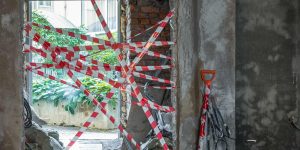
Natalia Fedorova: To be the wind for the tree
Did you ever want to hear a tree talk? Did you ever want to feel how the water goes up the tree crones? How does the wind feel for the tree? The project of the artist and curator Natalia Fedorova is based on the idea of the Internet of Trees (IoT) verbalizing the tree sensualities. It consists of a poetry generator producing iterations based on TT and sensor data.

COSA Connector Tour Part 1
Everest Pipkin (US)
Engage with the first of three playlists from our COSA Connectors, exploring open-source tools for artists. We have curated useful selections from across the internet of free software to help you express your creative side. The guided tours will focus on what the tool can do, what kinds of projects you might use it for, and quick tips and tricks for getting started.
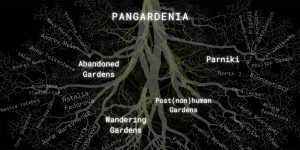
Mediation in AIR Gallery
Pangardenia is an epidemic that has taken over the gardens and gardens that have taken over us. It vests everyone with the desire to grow or be grown by somebody else. We, St.-Petersburg artists, want to explore this phenomenon, find the new life forms generated by this epidemic and study the old ones which were preserved and hidden in the gardens. Pangardenia is made up of four paths: Parniki, Abandoned gardens, Wandering gardens, and Post(non)human gardens. One day for each path (subtheme) and a closing move of Pangardenia.
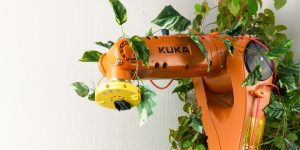
Ethan Avila, Laura Rodriguez: The Fruits of Consciousness
The final path of the trip is dedicated to finding new types of life forms, combining both human and non-human agents: robotics; AI+nature; the garden as a model of human consciousness; how to explain gardens to non-human agents; how to explain smells and touch to AI; collecting data from the gardens; big data and consciousness.

The “Aqua_Forensic” Exhibitions
Aqua_forensic is an artwork that will be exhibited at various locations during the Ars Electronica 2020: This includes the group exhibition Living Objects at the City Art Gallery in Ljubljana, Slovenia.
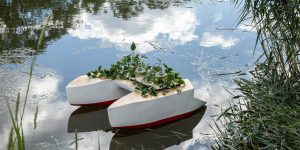
Pangardenia Boat Trip
Saint-Petersburg is a city built on swamps and full of water. We don’t have much greenery rooted in soil, but we do have underwater “gardens” (microbiome of Neva, Fontanka, Krukov Kanal, etc.) and deeply layered swamp life in the city’s depth. This path will lead us through water nomadic gardens of the city and its outskirts. It will be a site-specific artistic boat-trip that collaborated with boat-drones whose task is to collect eco-data.

Evgeniy Molodsov: Ramus
Cultural institutions such as universities and museums are locked. Used to be full of activities and people, today they are abandoned gardens. We will visit these semi-closed, semi-live spaces and share this experience online to recreate them in virtual spaces and to find new ways for growing knowledge and art.
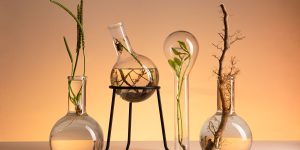
Boris Shershenkov: Short glimpse through the curtain (2020)
The Russian term Parniki means greenhouses but they hold a connotation of hot closed space for plants, mostly southern such as tomatoes. Because of the cold climate and less natural light in Saint Petersburg we need to create an artificial climate for growing most plants. On this path we visit artists at their homes; explore indoor gardening; autonomous existence; creating gardens for spaceships and any other types of "capsuled" life.
